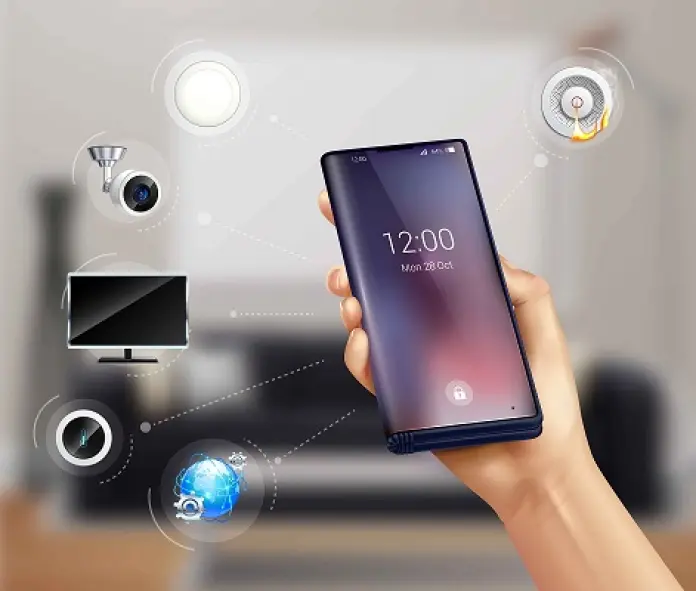Executive Vice-President Margrethe Vestager highlights high entry barriers, vertically integrated players, and privacy as the main concerns.

Don’t miss our content
SubscribeAfter launching a sector inquiry in June 2020 and a public consultation in June 2021, in January 2022, the European Commission (“EC”) published the final report with the findings of its competition sector inquiry into the consumer Internet of Things (“IoT”), identifying potential competition concerns. The report is available here.
IoT refers to the linking and interconnection of devices and objects through a network (whether a private network or the internet) allowing for the communication between these objects to perform certain functionalities. Some of these devices are connected security systems, smart thermostats, cars, electronic devices, domotic systems, smart speakers and vending machines.
In light of the rapid growth of IoT in the European Union, the EC has mostly focused on three areas: (i) the characteristics of consumer IoT products and services; (ii) competition in these markets; and (iii) the concerns raised by stakeholders about the current functioning of consumer IoT markets and their perspectives for the future.
Main findings of the sector inquiry
The findings of the sector inquiry show that consumer IoT is rapidly growing and increasingly becoming part of our everyday life.
Regarding competition in these markets, the EC emphasizes that most of the stakeholders who participated in the sector inquiry state that one of the main barriers to entry or expansion in the sector is the cost of technology investment, which is particularly high in the voice assistant market.
Another significant entry barrier is the difficulty certain players face in competing with vertically integrated companies that have built their own ecosystems within and outside the consumer IoT sector, including Google, Amazon and Apple. The EC notes that these players provide the most common smart and mobile device operating systems and the leading voice assistants, thus determining the processes for integrating smart devices and services in a consumer IoT system.
Main areas of concern
In light of the stakeholders’ comments in the public consultation, the EC has pointed out that there are various areas of concern, highlighting the following four:
- Exclusivity and tying practices related to voice assistants, along with practices limiting the possibility of using different voice assistants on the same smart device.
- The position of voice assistants and smart device operating systems as intermediaries between (i) users and (ii) smart devices or consumer IoT services. This position would allow them to control user relationships.
- The extensive access to data. According to stakeholders, the access to and accumulation of large amounts of data allow voice assistant providers to improve their market position and to leverage more easily into adjacent markets.
- Finally, another major concern is the lack of interoperability in the consumer IoT sector, due to the prevalence of patented technology, sometimes leading to the creation of “de facto standards.” In particular, stakeholders note that a few providers of voice assistants and operating systems unilaterally control interoperability and integration processes and are capable of limiting functionalities of third-party smart devices and consumer IoT services.
Conclusions
The EC’s purpose was to collect market information to better understand the nature, prevalence and effects of the competition concerns related to IoT, with the ultimate aim of investigating the companies in this sector.
In this context, it is worth mentioning that opening sanctioning proceedings as a result of sector inquiries is relatively common for the EC, with the various sanctioning proceedings resulting from the report on the electronic commerce sector in 2017 being an illustrative example. In this regard, Margrethe Vestager, Executive Vice-President and Commissioner for Competition, stated that “[t]he consumer IoT sector is increasingly becoming part of our everyday life. The final findings of our sector inquiry confirm concerns identified in the preliminary report.”
The report provides a great opportunity for companies working with IoT solutions to review their commercial practices based on (i) the report’s findings; and (ii) the high risk that the report could lead to investigations and sanctioning proceedings in the consumer IoT sector. This has already occurred in the case of Amazon, which has recently reviewed some of the business-to-business conditions applicable to its automatic and smart product reordering services.
Finally, the inquiry also provides guidance for the EC’s future regulatory activity at a time when the Commission is making significant efforts by implementing its digital strategy, thus contributing to the legislative debate on the Digital Markets Act. Only further developments in the sector will tell, but everything suggests that IoT will be under the competition authorities’ spotlight in the next years, as evidenced by the Spanish Competition Authority (“CNMC”) in its 2021-2022 Action Plan and its 2021-2026 Strategic Plan.Don’t miss our content
Subscribe